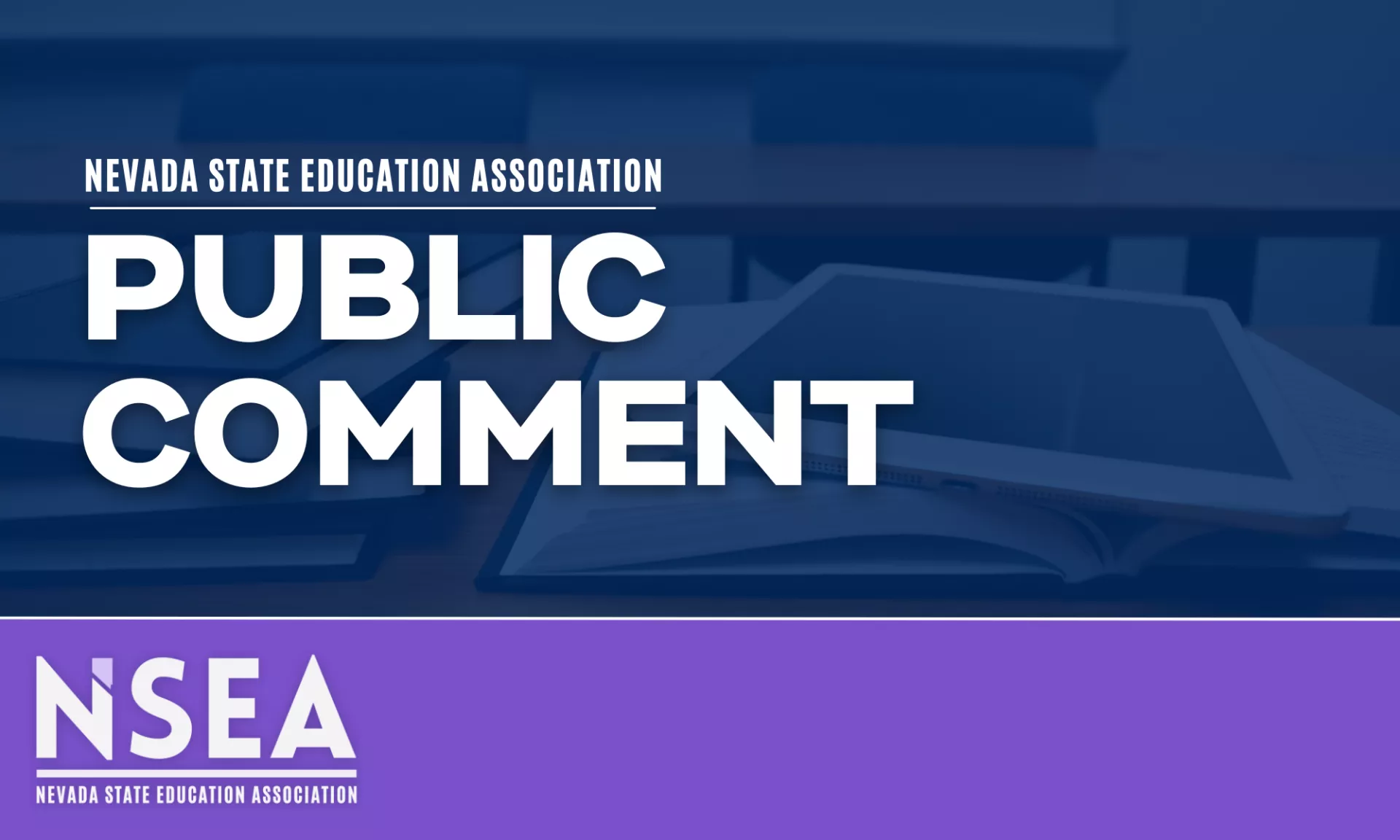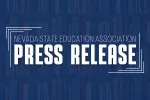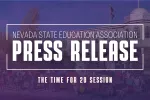Our vision aligns with the State Board of Education, to lift up every Nevada student. That is why NSEA has raised concerns about Nevada’s largest-in-the-nation class sizes and why we are interested in item 6g on today’s calendar, the 2023 Annual Class Size Reduction Report.
We all agree reducing class size has real benefits. For students, smaller class sizes can help close the racial achievement gap, lead to earlier identification of learning disabilities, improve high school graduation rates, improve student behavior, and allow for more engagement in lessons. For educators, smaller class size improves educator morale, allows for more individual and differentiated instruction, means less time on paperwork, and facilitates stronger classroom management with teachers becoming more familiar with each student. Smaller class sizes also mean safer schools.
NSEA engaged every day of the 2023 Legislative Session, calling for average class sizes of 20 students. We supported AB335 sponsored by teacher and NSEA member Selena La Rue Hatch to decrease the maximum ratio of pupils per licensed teacher and require districts to negotiate a pay increment for teachers who teach in overcrowded classrooms, similar to a program in the Washoe County School District. Unfortunately, AB335 failed to receive a hearing with legislative leadership concerned about the budget impacts. However, similar budget concerns did not stop the legislature from authorizing $380M to subsidize a stadium project by a California billionaire. Nevada educators believe this speaks to Nevada’s misplaced priorities.
In her October 12th class size reduction memo, Deputy Superintendent Peterson wrote:
If Nevada were to limit each of its existing district classrooms to their respective target ratios, 17% of K-3 students across Nevada – 19,331 students – would not have a classroom. This does not account for K-3 students enrolled in charter schools that make up an additional 17% of the Nevadan K-3 population. While educators are not the only need represented by the count of classrooms, as many districts additionally cite facility limitations, the most conservative estimates – not accounting for the number of substitutes filling vacancies or in long-term positions – cite the need for an additional 1,174 educators at minimum to begin to address target class size ratios. 91% of all variance requests for class size reduction cite funding limitations, with 93% further citing difficulty hiring.
NSEA believes Nevada’s large class sizes are one of the biggest issues facing our public education system, requiring the attention of every state leader to effectively address. We would encourage the Nevada State Board of Education to conduct a full hearing on this issue.



